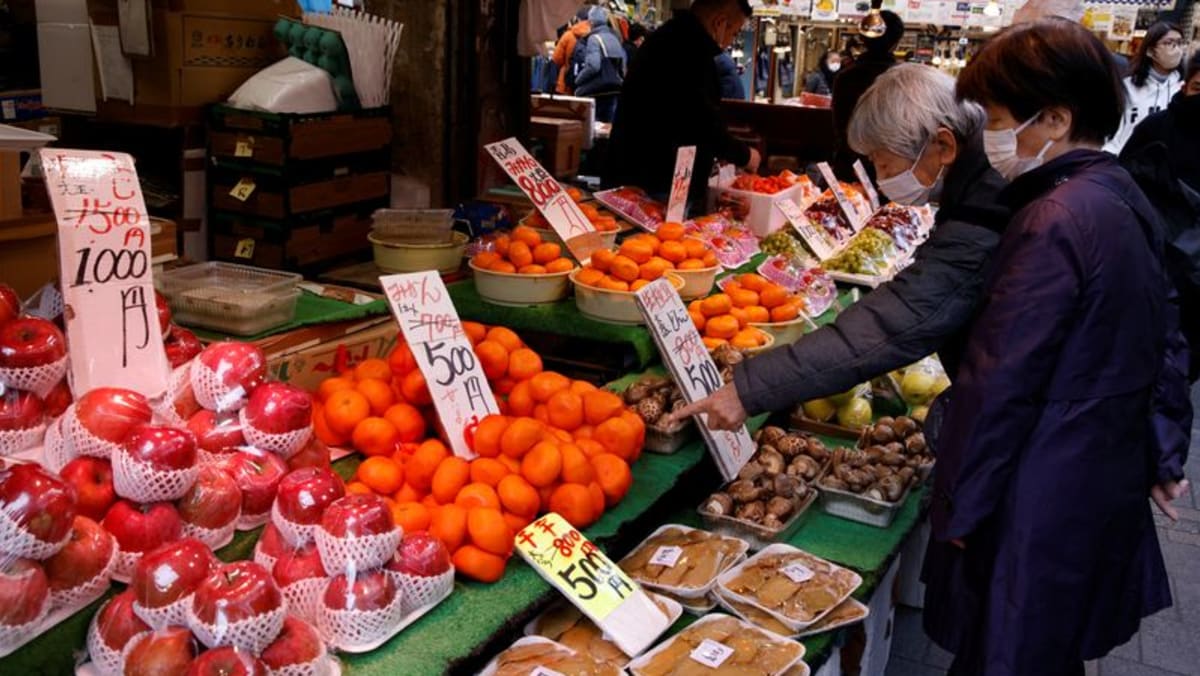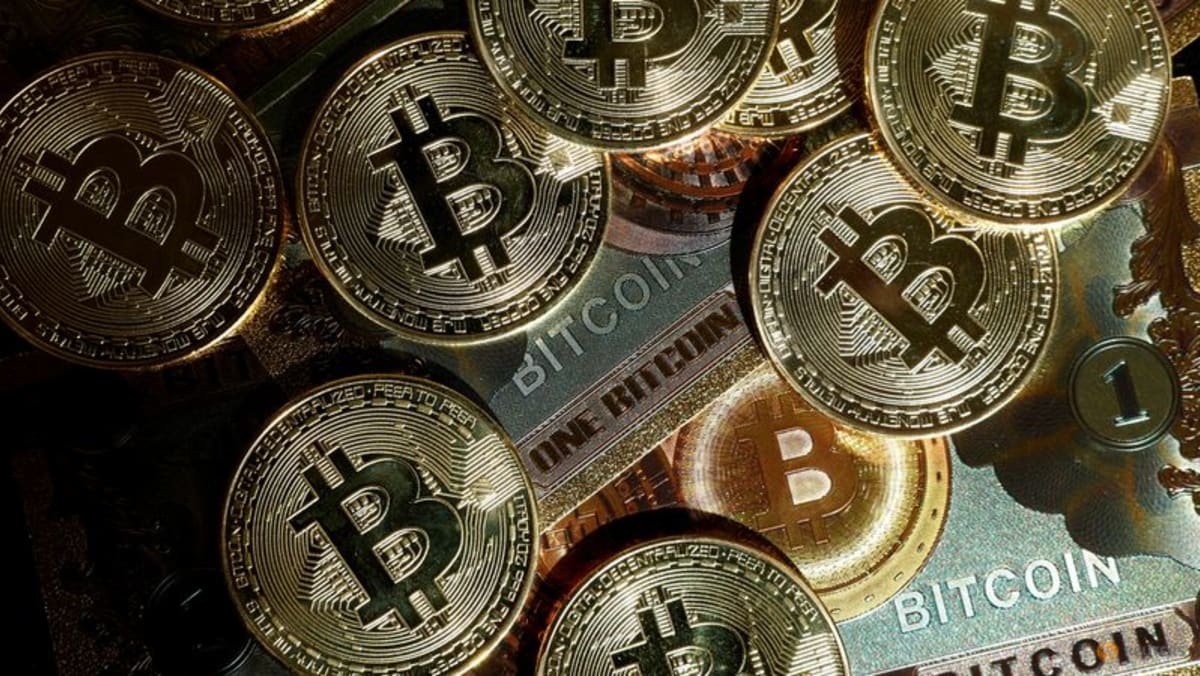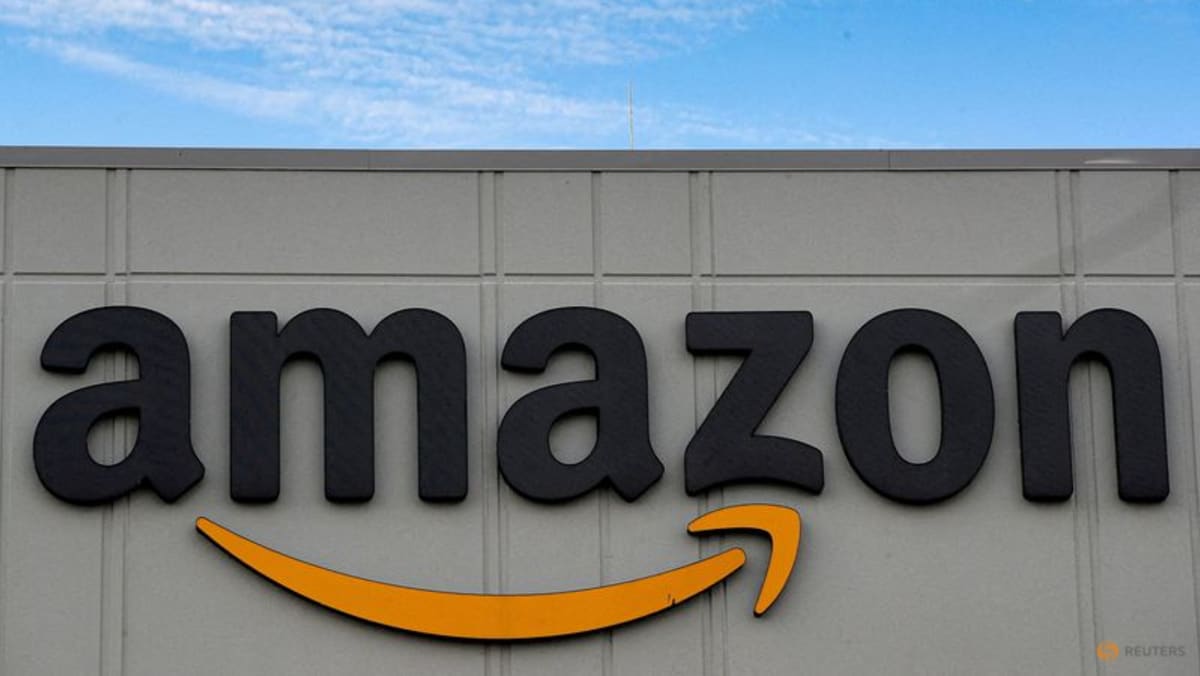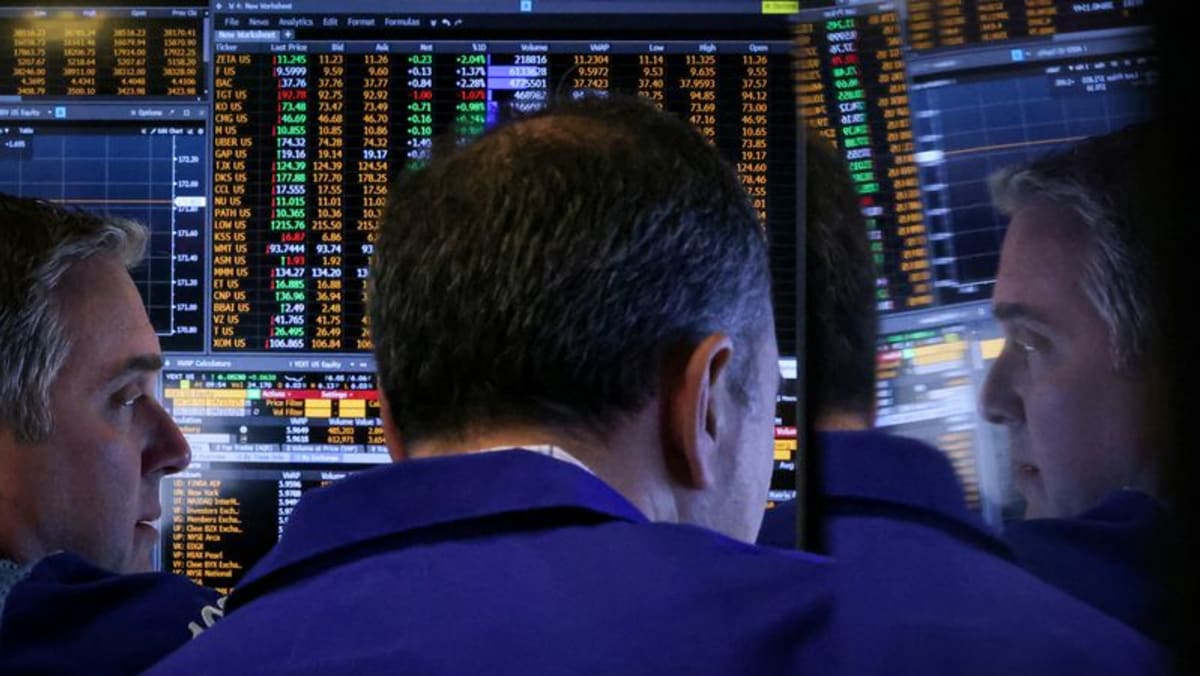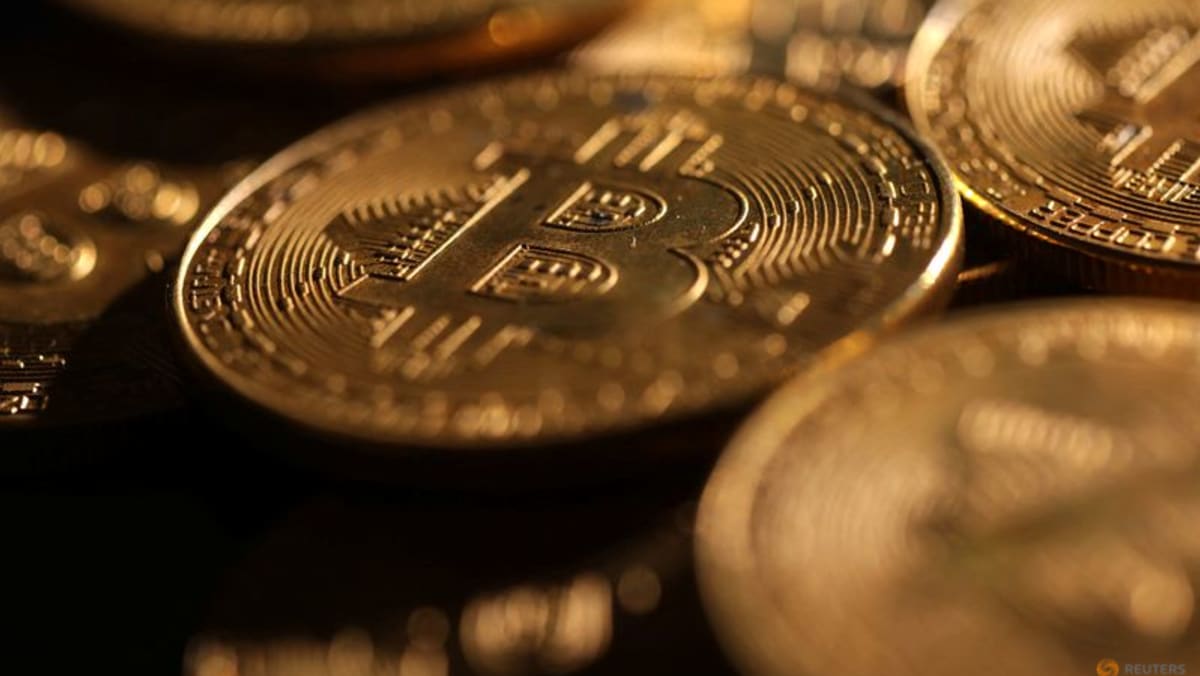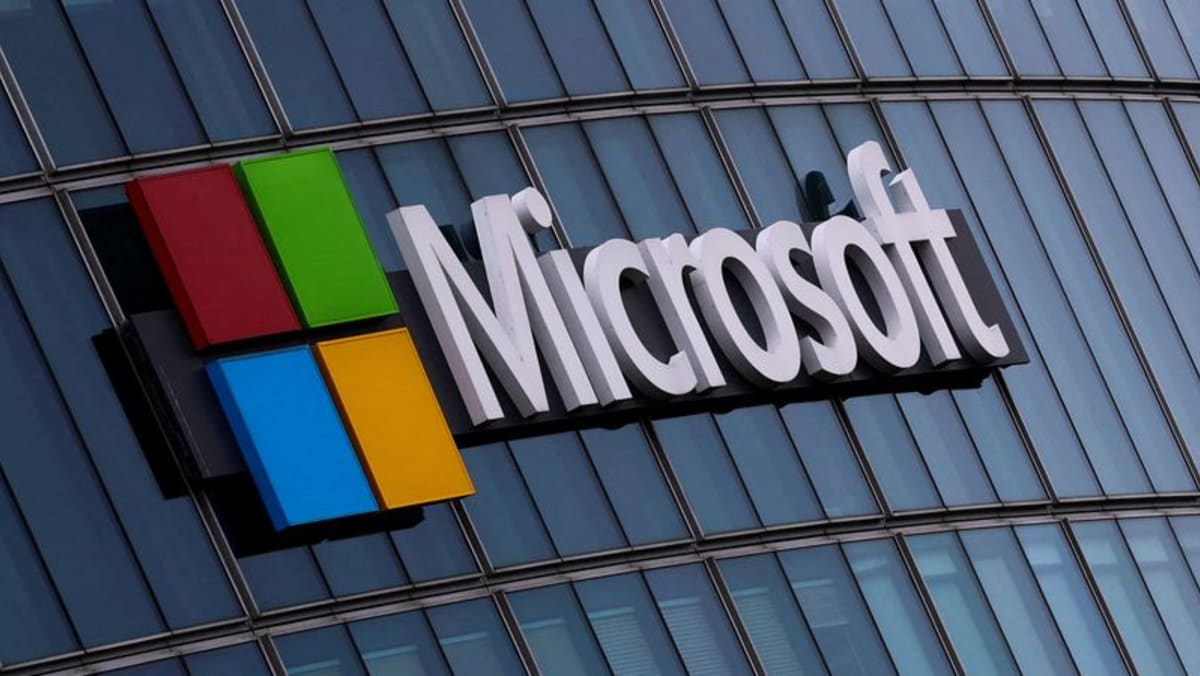TOKYO :Core inflation in Japan’s capital hit a more than two-year high on persistent rises in food costs, data showed on Friday, keeping the central bank under pressure to hike interest rates further.
But factory output slid in April in a sign manufacturers are feeling the pinch from slowing global demand, highlighting the dilemma the Bank of Japan faces in balancing inflationary pressures and the hit to the economy from steep U.S. tariffs.
The Tokyo core consumer price index (CPI), which excludes volatile fresh food costs, rose 3.6 per cent in May from a year earlier, exceeding market forecasts for a 3.5 per cent gain and perking up from a 3.4 per cent rise in April. It was the fastest annual pace of increase since January 2023, when it hit 4.3 per cent.
Core inflation in Tokyo, seen as a leading indicator of nationwide price trends, thus exceeded the BOJ’s 2 per cent target for three straight years.
A separate index that strips away the effects of both fresh food and fuel costs, closely watched by the BOJ as a broader price trend indicator, rose 3.3 per cent in May from a year earlier after a 3.1 per cent rise in March.
“The Tokyo CPI showed a further broad-based acceleration in inflation, which suggests that the BOJ may hike even earlier than our current forecast of October,” said Marcel Thieliant, head of Asia-Pacific at Capital Economics.
A Reuters poll, taken on May 7-13, showed most economists expect the BOJ to hold rates steady through September with a small majority forecasting a hike by year-end.
MORE PRICE HIKES COMING
Sticky food inflation remained the main driver of the rise with non-fresh food prices up 6.9 per cent in May from a year earlier and the cost of rice soaring 93.2 per cent.
But services inflation also accelerated to 2.2 per cent in May from 2.0 per cent in April, suggesting companies were gradually passing on rising labour costs.
“The fact services prices rose is positive for the BOJ, which wants to keep alive expectations of further rate hikes,” said Masato Koike, senior economist at Sompo Institute Plus.
“But U.S. policy uncertainty will make it hard to keep the BOJ from hiking too soon. By the time the dust settles, price developments could have changed in a way that makes rate hikes difficult,” he added.
Many analysts expect consumer inflation to slow in coming months as falling crude oil prices and the drop in import costs from the yen’s rebound. The hit to exports from U.S. tariffs and slowing global demand could also hurt Japanese manufacturers’ profits and discourage them from raising wages next year.
Separate data released on Friday showed Japan’s factory output fell in April by 0.9 per cent from the previous month. Manufacturers surveyed by the government expect output to increase 9.0 per cent in May and drop 3.4 per cent in June, the data showed.
But food inflation may not allow the BOJ to pause on rate hikes for too long.
Japanese firms plan to hike prices for 1,932 food and beverages in June, triple the number from a year ago, a survey by private think tank Teikoku Databank showed on Friday.
BOJ Governor Kazuo Ueda told parliament on Friday the central bank was mindful that companies continued to actively hike wages and raise prices to pass on higher costs.
“Japan may face a tricky situation where public attention to rising food prices heighten inflation expectations, which have so far been stable,” said Tsutomu Watanabe, an academic at the University of Tokyo’s graduate school of economics.
The BOJ ended a massive stimulus programme last year and in January raised short-term rates to 0.5 per cent on the view Japan was on the cusp of durably meeting its 2 per cent inflation target.
While the central bank has signalled readiness to raise rates further, the economic repercussions from higher U.S. tariffs forced it to cut its growth forecasts and complicated decisions around the timing of the next rate increase.





